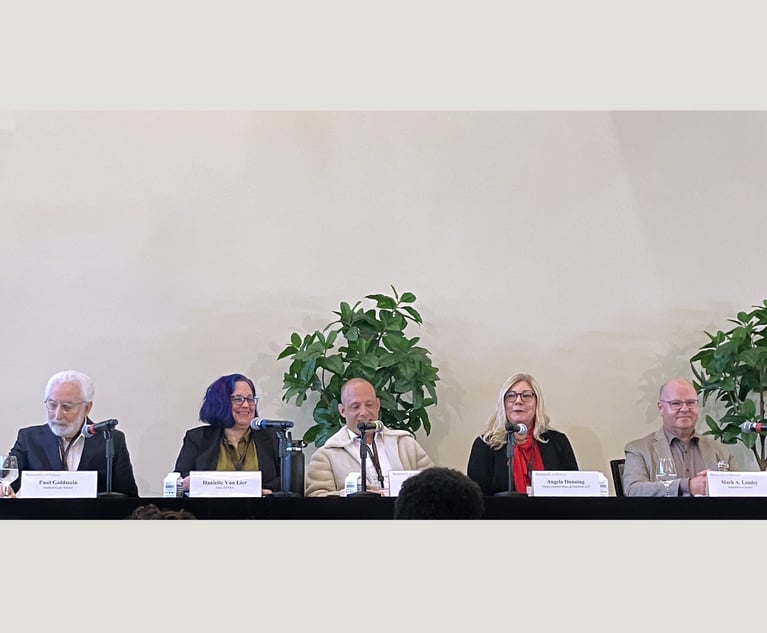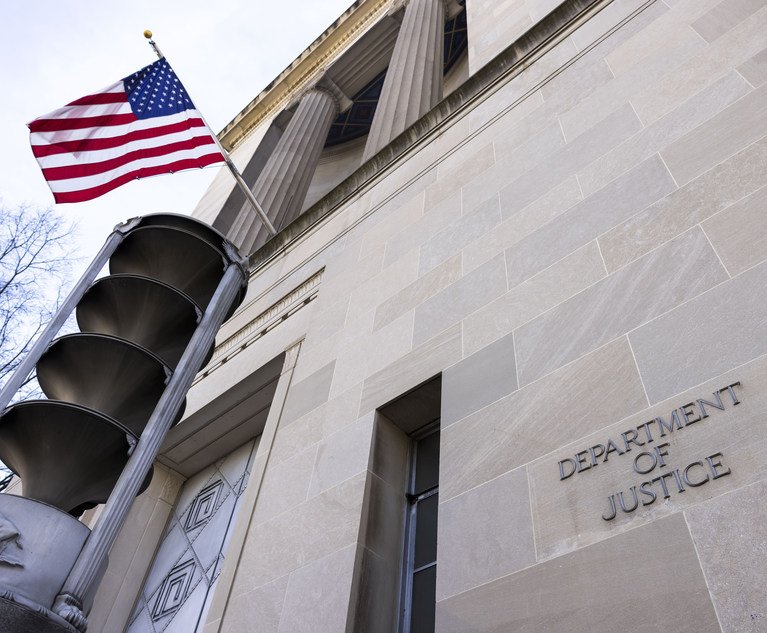Patent-damages law is generally understood to allow a patentee that proves infringement to recover an award of reasonable royalties, even if the patentee is uninjured by the infringement. This understanding stems from the U.S. Court of Appeals for the Sixth Circuit’s 1978 decision in Panduit v. Stahlin Bros. Fibre Works, which without analyzing the damages statute or citing Supreme Court caselaw, asserted that “when actual damages, e.g., lost profits, cannot be proved, the patent owner is entitled to a reasonable royalty.”
The Federal Circuit picked up the Sixth Circuit’s formulation, and since at least 1983, has approved reasonable-royalty awards for patentees that prove infringement but cannot (or do not) prove actual injury. This understanding of recoverable damages animates much of modern patent-damages law, since it enables patent-assertion entities to seek awards of reasonable royalties, even when they cannot prove actual injury resulting from the alleged infringement. But the understanding is wrong.


 Grant Kinsel, with Perkins Coie. Courtesy photo
Grant Kinsel, with Perkins Coie. Courtesy photo




